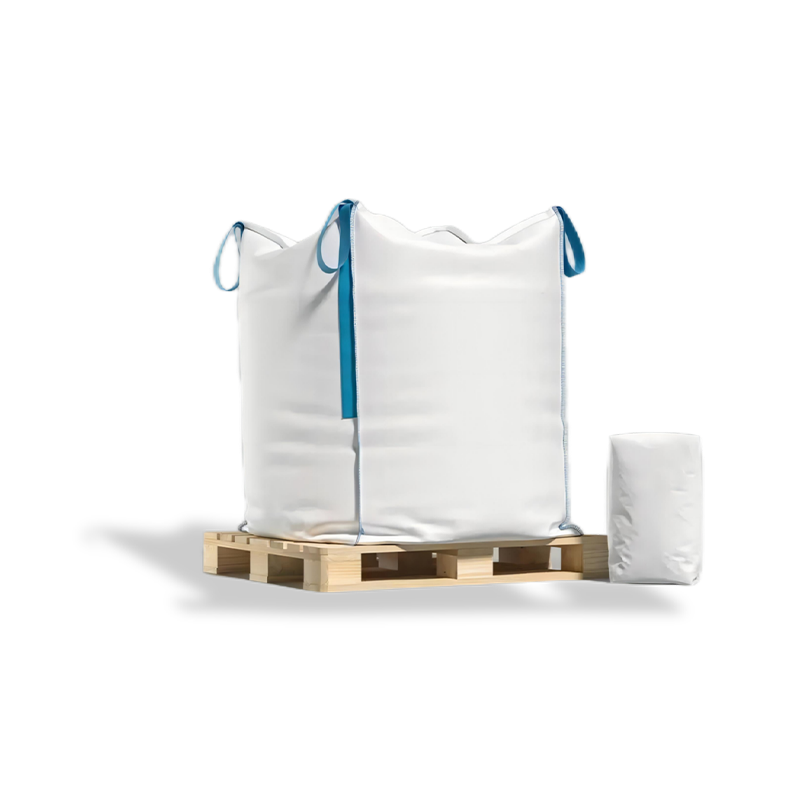EHE high-barrier films represent a pivotal innovation in packaging technology, offering robust protection for sensitive products like food, pharmaceuticals, and chemicals. Central to their effectiveness is the ability to customize the ratio of nylon (polyamide) and EVOH (Ethylene Vinyl Alcohol copolymer) layers within the film structure. This customization plays a crucial role in meeting specific barrier requirements tailored to the needs of various industries.
Understanding Nylon and EVOH High-Barrier Films
Nylon and EVOH are strategically layered within the film to achieve desired barrier properties:
Nylon (Polyamide): Known for its exceptional mechanical strength and durability, nylon enhances the film's toughness and resistance to punctures and tears. Its flexibility also contributes to the film's overall durability during handling and transportation.
EVOH (Ethylene Vinyl Alcohol): This copolymer is renowned for its superior barrier properties, particularly against gases like oxygen and moisture. EVOH effectively blocks oxygen transmission, crucial for extending the shelf life of perishable goods and preventing oxidation in sensitive products.
Customization for Specific Barrier Requirements
The ability to adjust the ratio of nylon to EVOH layers in EHE high-barrier films allows manufacturers to tailor the film's barrier properties according to specific requirements:
Oxygen Barrier Enhancement:
Increasing the proportion of EVOH relative to nylon enhances the film's oxygen barrier properties. This adjustment is particularly beneficial for products that are sensitive to oxidation, such as food products, pharmaceuticals, and certain chemicals. By minimizing oxygen ingress, EHE films help maintain product freshness and extend shelf life.
Moisture Barrier Optimization:
Adjusting the nylon-to-EVOH ratio can also improve the film's resistance to moisture transmission. This is critical for products that require protection against moisture vapor, preventing degradation or spoilage due to exposure to humidity.

Tailoring to Specific Applications:
Different industries and products have varying barrier requirements. For example, food packaging might prioritize oxygen barrier, while pharmaceuticals might require a balance of oxygen and moisture resistance. EVOH High-Barrier Films can be customized to meet these specific needs, ensuring optimal protection and preservation of the packaged contents.
Practical Applications and Benefits
The flexibility in adjusting the nylon and EVOH ratio in EHE high-barrier films translates into tangible benefits across several dimensions:
Extended Shelf Life: By effectively controlling oxygen and moisture ingress, the films help preserve product freshness and quality over an extended period.
Enhanced Product Safety: Meeting stringent regulatory standards (such as EU, FDA, and GB requirements) ensures that packaged products remain safe and compliant with food safety and pharmaceutical regulations.
Sustainability: Compared to traditional rigid packaging materials, flexible high-barrier films often result in reduced material usage and lower transportation costs due to their lighter weight and compactness.

 LANGUAGE
LANGUAGE
 English
English 中文简体
中文简体











